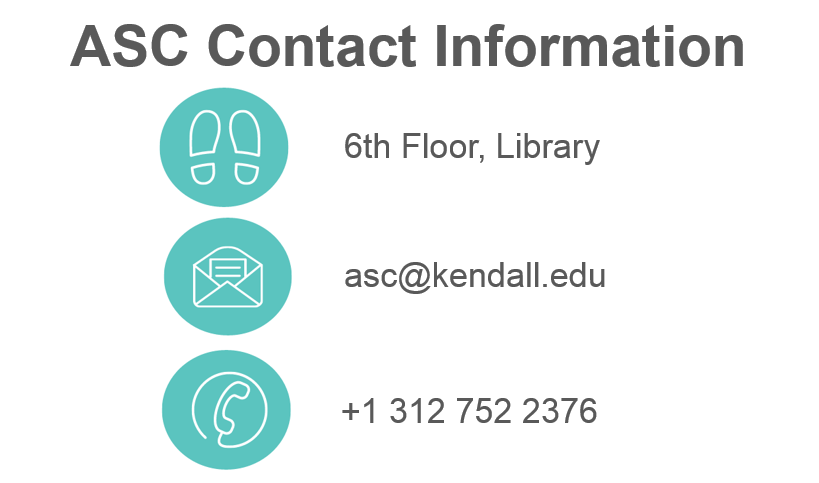
Work created by anyone is automatically protected by copyright laws; consequently, owners of such works possess the rights of when and where their work can be used.
The owner of an image may allow others to use such image under different copyright licenses, AKA Creative Commons, or keep the copyright until it is sold to someone else or it expires (this is when a work becomes part of public domain).
As a student, you are allowed to use a certain amount of a copyrighted materials based on the fair use guidelines, but you must still give credit to the owner. Ultimately, you can refer to a work in your writing or presentations, but you cannot make images part of your work unless you have permission from the copyright owner.
1. Author/creator: Provide the last name, and the initial of the first name. The author may also be a group or organization.
2. Date in which the work was published or created
a. Use n.d. for unknown date
3. Title of the image
4. Type of work being cited enclosed in brackets: for example, [online image], [photograph], [oil painting]
5. Publication information: This depends on the format of the source:
a. Online: Use the phrase Retrieved from followed by a full URL where the work can be found
b. Printed: Include the city and state where it is located, followed by the publisher. Separate the location and publisher with a colon.
c. Artwork: Include the name of the city and state and where you found the artwork, for example museum name. Separate the city and state and the location and with a colon.






Need Academic Help? Contact the Academic Success Center (ASC)!

The APA Style Blog wrote a series of posts regarding different types of copyright laws, checking for permission, requesting permission, and writing a copyright statement.
This blogpost series is HIGHLY recommended.






1. Use the word From or Adapted from
2. Follow with the title of a:
a. Smaller part of the work: name of the chapter/section
b. Bigger part of the work: article, book, or website
3. Use the phrase by and introduce the author (and co-authors)
a. Use the initial of the first name and the last name.
4. Follow with the year of publication
5. Continue with all relevant information, similar to the APA citation style
a. Print
i. City, State: publisher
b. Electronic information
i. Full URL in parenthesis
6. Add the following sentence:
a. “Copyright [year] by [name of copyright holder]”
7. Depending on the permission, add this as a final sentence.
a. Reprinted with permission.
b. Adapted with permission.
If you are adding the image in your own work (writing, presentations, and other), you must have the written permission of the original creator included as a caption with the image.
Contact the owner of the copyright of the work and explain how their work will be used by you.
Once you have permission, you need to include the following in your work:
The image/table/graph/infographic
The copyright statement under the work
a. Use this instead of an in-text citation
A reference entry in your references list